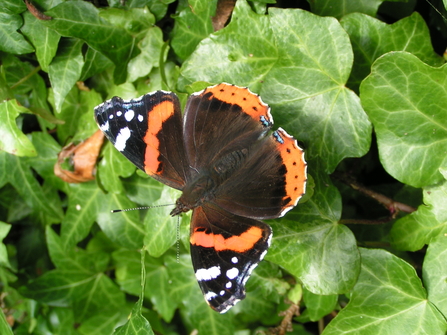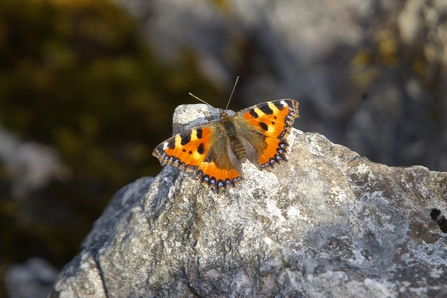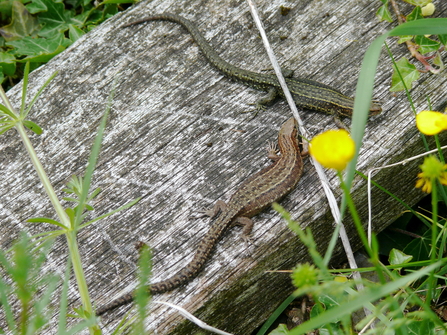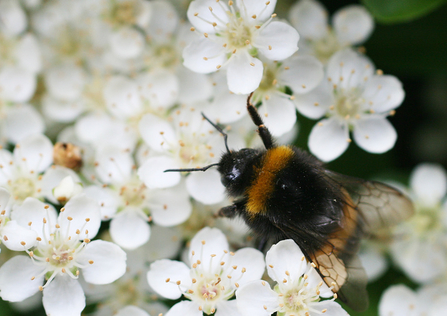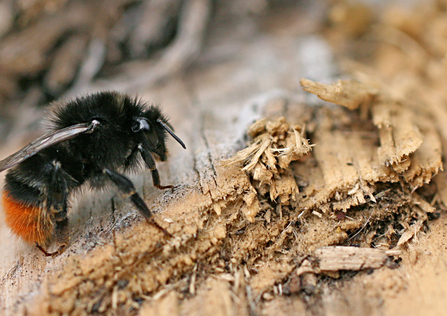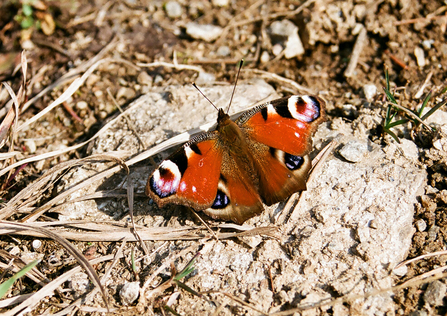
Peacock butterfly © Zsuzsanna Bird
We’ve had loads of reports of spring butterflies already being on the wing: small tortoiseshell, red admiral, peacock and painted lady.
Most of these will have overwintered and emerged early due to the warm, sunny weather but it’s probable that painted lady butterflies have migrated from overseas.


